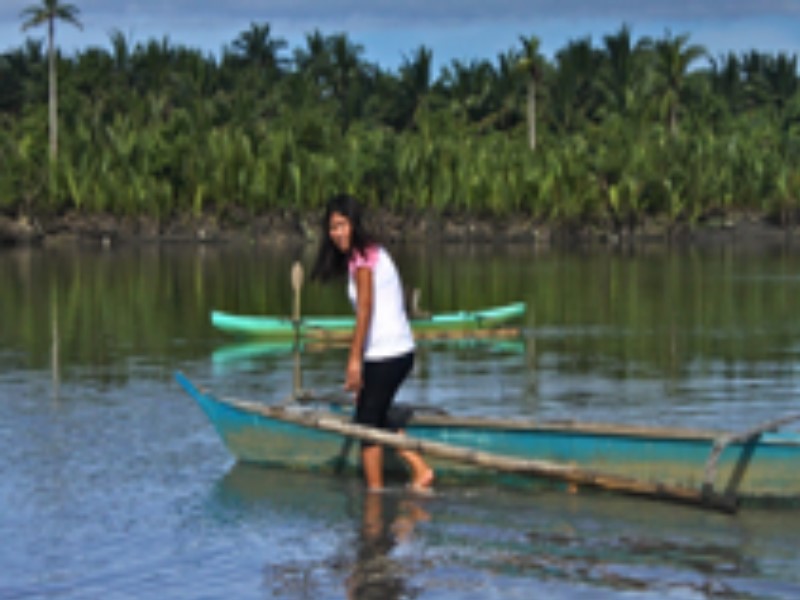Province of Oriental Mindoro is one of the five (5) provinces situated in the Verde Island Passage (VIP) marine Key Biodiversity Area (KBA). The VIP is recognized as the world’s “center of the center” of marine shore fish biodiversity and is categorized as extremely high priority for conservation. Marine resources and fish sanctuaries are, however, endangered due to overfishing and tourism activities. Limited opportunities for the communities residing within the KBA add pressure to natural resources due to extractive livelihood activities. Conservation efforts of local government units are sparse and neglect the need to interconnect existing MPAs within the KBA. Activities
USAID, through the Philippine-American Fund, supports PATH Foundation Philippines, Inc. (PFPI) in harmonizing local government initiatives and synergizing community efforts for the effective management of MPAs in the VIP. PFPI assists LGUs in enhancing MPA management plans and in establishing an MPA network in the VIP. The project also provides social incentives for communities to support biodiversity conservation work.
Updates As Of March 2017
The Provincial Government of Oriental Mindoro entered into a Memorandum of Agreement (MOA) with PFPI to provide support for the implementation of the SEAnergy Project. Similar to the four MOAs signed by the project with municipal LGUs, the MOA with the Province ensures continued sharing of resources and updating of information, and local engagement in the project activities. The Calero-Salong Seagrass and Coral MPA in Calapan, Oriental Mindoro was inaugurated in Mar. 20, 2017 following the passage of a city ordinance officially declaring the 107.6-hectare coastal site as MPA and the formal induction to office of the interim MPA Management Body. The activity was jointly facilitated by Calapan City’s Fisheries Management Office, the Barangays of Calero and Salong, and the Provincial Agriculture Office. PFPI also demarcated six MPA boundaries using fiberglass buoys. The MPAs include (1) Harka Piloto Fish Sanctuary, (2) Calero-Salong Seagrass and Coral MPA, (3) Baco MPA, (4) Tamauyan Reef Fish Sanctuary, (5) Punta Ilag Fish Sanctuary and (6) Puerto Galera MPA. In addition, twelve marker signages were installed to demarcate the peripheries of Silonay Mangrove Conservation and Eco-Park. The project developed and implemented a biodiversity conservation Behavior Change Communication and Advocacy (BCCA) Plan to increase awareness and encourage participation and support in MPA management. Utilizing results from formative research conducted such as focus group discussions, designing behavior change survey and rapid mini-Behavior Monitoring Survey. Appropriate materials such as brochures, calendars and billboards were produced and distributed. The mobile information text campaign was operationalized with a cadre of 42 volunteers promoting biodiversity conservation and related messages such as livelihood, climate change women participation, health and food security. The project conducted livelihood skills, business planning and financial management trainings for Silonay Mangrove Conservation and Ecopark, Punta Ilag Fish Sanctuary, and Piloto Fish Sanctuary. The programs involved 58 participants (81 percent women). The types of livelihood enterprises were selected through a series of assessment to determine the suitability of the activity, capability of the MPA communities to handle such enterprise, and how these complement marine biodiversity conservation.
The project facilitated three Conservation Agreements (CA) between the people’s organizations involved in the MPA management, the Provincial Agriculturists’ Office and the LGUs. The CAs require the POs to undertake marine biodiversity conservation actions, which includes regular MPA management meetings and planning, coastal clean-up and IEC campaigns. The CAs also established the roles and responsibilities of the partners in helping the MPA community achieve marine biodiversity conservation.

